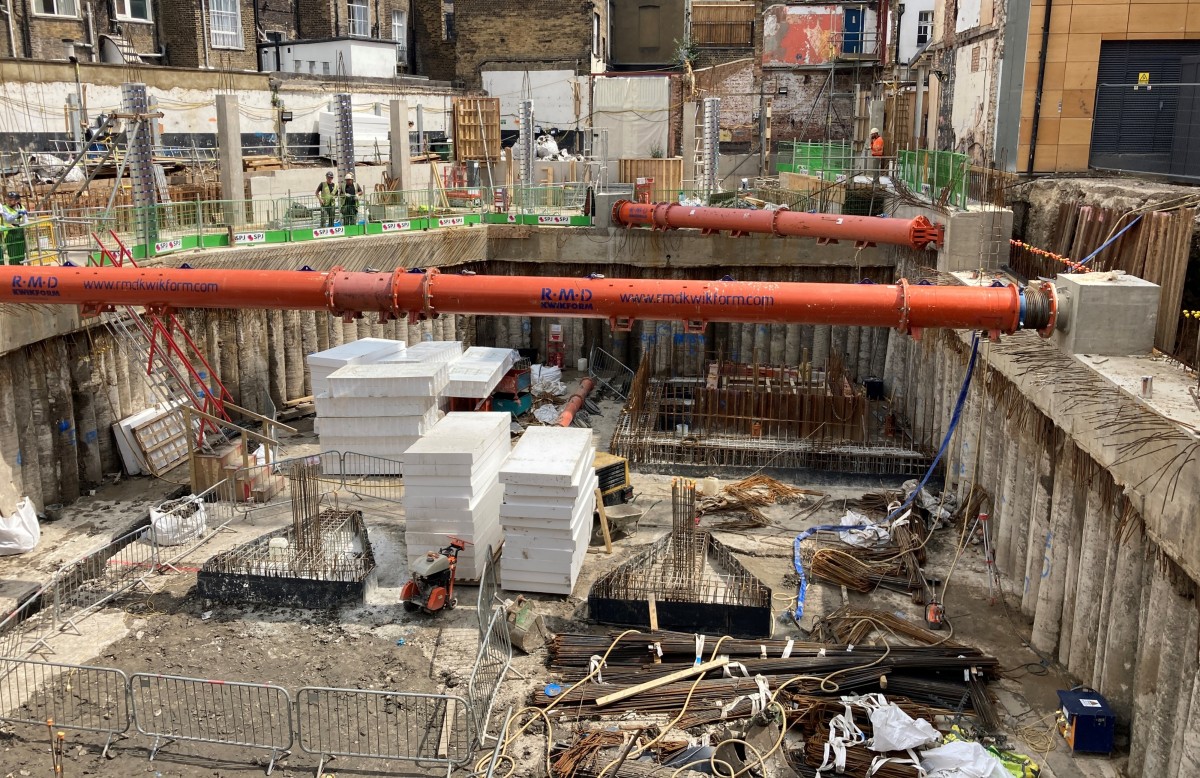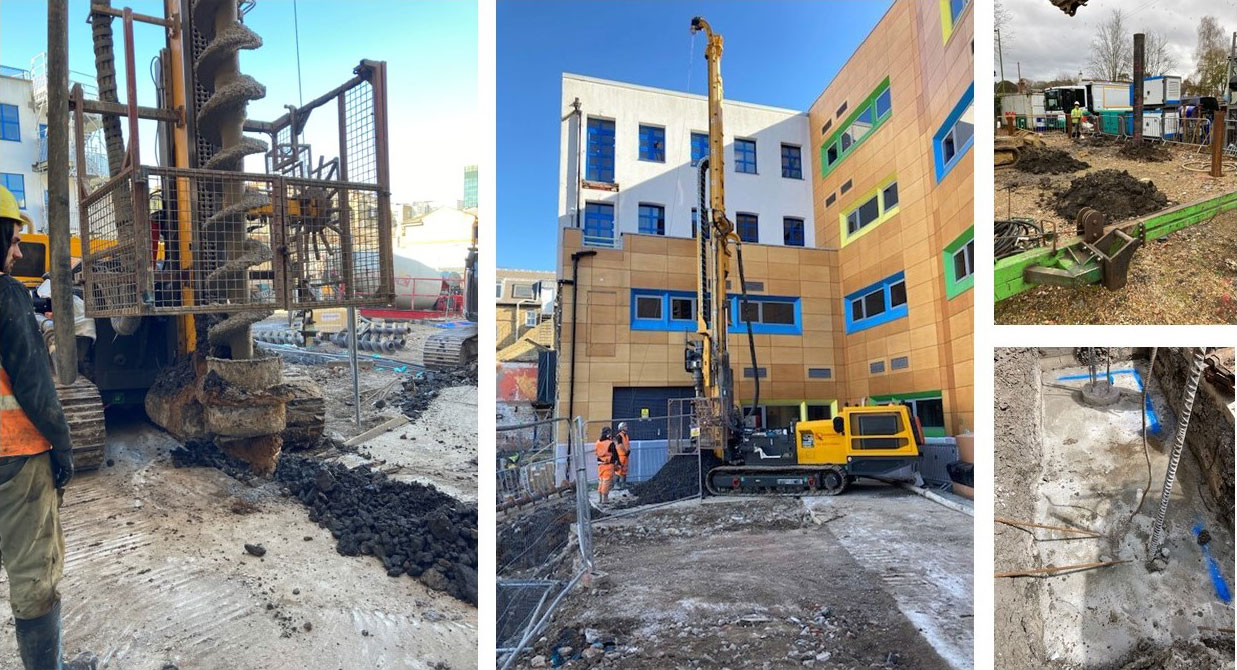
At GEA, we are increasingly called upon to provide independent advice in respect of piling problems. Our experience of geology, ground engineering and pile construction means that we can provide input and assistance from the initial pile selection, right through to assisting with specific problems that might arise on site, and offering design input to address unexpected ground conditions.
Involving us early in the project also allows us to target the ground investigation at the most critical design questions, potentially saving costs and reducing a project’s carbon footprint.
Here, Martin Cooper - Technical Director at GEA - looks at some of the recent piling challenges we’ve been helping our clients to solve.
Often, when a client inherits a ground investigation report that's not been prepared by us, we’re asked to peer review it. A contractor will rely on the information within the report to design the piled foundations of their building, and if it fails to provide the right information then the client and contractor are at risk. We are asked to review the investigations carried out to date and the quality of the information gathered, as well as the interpretation of that information, identifying any gaps in the testing plan which may require further investigation.
We have recently been working with a contractor to address difficulties on a site near Watford, due mainly to the client inheriting an inadequate site investigation report. Driven piles had been adopted on the assumption that piles would achieve a set but, when a set wasn’t being achieved, concerns were raised about solution features and other anomalous ground conditions.
These concerns were ruled out by undertaking a search of databases and our own records, and carrying out a site visit to review the options. Our findings informed the scheme, which returned to driven piling but with a larger diameter. The piling work has now been successfully completed.

On small to medium construction sites, it seems to fall increasingly to structural engineers to advise on pile selection. This can be a bit of a grey area for structural engineers, leaving them exposed to risk, so this is where GEA can add great value to the pile design and installation philosophy, helping to optimise foundation design.
Often, we are called upon to simply provide an independent view on behalf of the structural engineer. On a site in south London, for example, we were asked to help review problems of ground loss and unexpectedly high concrete volumes in CFA bearing piles. Observation of a handful of the piles being constructed showed that over-flighting was the cause of the problem. We worked in close collaboration with the piling operator to alter the installation technique, and there was no recurrence of the problem.
Once again, concrete losses were causing challenges on a site in Carshalton in Surrey. With no obvious explanation as to where the concrete was being lost, service drawings were consulted, nearby manholes lifted but the missing concrete could not be found. Additional boreholes were drilled and we suggested some simple falling head soakage testing at levels where the concrete seemed to have been, to give an indication of whether higher permeability zones were present in the chalk below the site.
Fissures were found within the harder chalk at depth, and we determined that when a certain head of concrete had been placed it was being lost into the fissures. Part of the issue was the use of exceptionally high slump concrete, with 10 mm rounded aggregate. A slight change to the concrete mix - including changing to 20 mm aggregate - was sufficient to address the problem, and no further losses were experienced.
On other sites we have been asked to provide input to address specific concerns. For example, on a site in north London we noted that tension bars had not been installed correctly in a handful of piles and helped find a solution to address a shortfall in uplift capacity. On a site in Bradford we suggested that the CFA rig instrumentation output should be interrogated alongside our site investigation data to help overcome a potential shortfall in pile capacity.
We have provided similar independent advice and assistance on sites near Wembley, Manchester, Stoke-on-Trent and in Newcastle upon Tyne.
Even the simplest construction projects can come across unexpected challenges during piling. By involving specialists early in your project, you can be certain you have the information and insight you require from the outset to inform construction and, should anything unexpected occur, a team of experts on hand to advise and mitigate risk to safety, programme and budget.
If you’re experiencing piling challenges and would like some independent advice, please get in touch. We’re always happy to share our expertise.
Related News